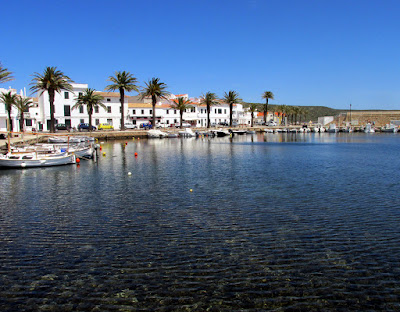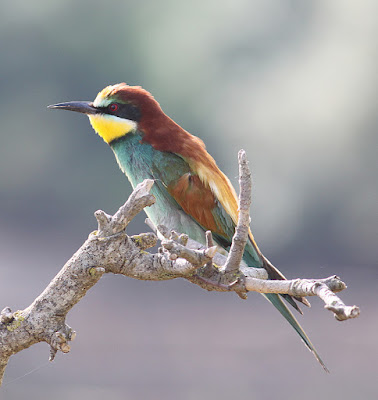The blog is back online after our two week sojourn in sunny Menorca. Thanks are due to regular readers who followed our adventures and kept in touch. There’s the necessary catching up with friends and family so it will take a few days to get back to local birding and ringing.
In the meantime here are some words and pictures from that sunny Mediterranean island. Don’t forget to “click the pics” for a better view of Menorca and its birds.
As usual we picked up a Fiat Panda from Mahon Airport via Momple Cars. The little Fiat is great for negotiating some of the narrow, poppy-lined lanes off the main tourist trails, places where birds are more often found.
Near Es Mercadal, Menorca
Menorcan Donkey
Wild Poppies, Menorca
Near Es Mercadal, Menorca
Two weeks allowed us to visit birdy places but also tour the island and drop by a number of favourite places. While our stay wasn’t just a birding holiday, we came across a good number of birds as well as enjoying rest and relaxation. Some days we found specialties like European Roller, Whiskered Tern, Quail, Great White Egret and Red-footed Falcon which livened up the everyday common stuff like Woodchats, Nightingales, Bee Eaters, Booted Eagles and Red Kites.
Near the centre of the island and close to the town of Es Mercadal and the lanes of Tirant, Bee Eaters bubble overhead and Hoopoes call from far away. Raptors crowd the morning skies to a background melody of Corn Buntings, Nightingales and the chattering of Cetti’s and Sardinian Warblers.
While Booted Eagles are common enough it is very difficult to get good photos of a wary raptor which keeps a good distance away from people and roads. The local Red Kites are often slightly more accommodating while Egyptian Vultures sail overhead on their aeroplane wings. Once or twice we saw vultures on the ground feeding amongst the livestock whereby the animal droppings become an unusual source of food for this specialised and mainly vegetarian vulture.
Red Kites
Red Kite
Egyptian Vulture
Egyptian Vultures
Booted Eagle
Bee Eater
Woodchat Shrike
Hermann's Tortoise
On more than one occasion we stopped the car to avoid running over a Hermann’s Tortoise, Testudo hermanni, a common and seemingly abundant resident of both Menorca and southern Europe.
Via Wiki - “Early in the morning, the animals leave their nightly shelters, which are usually hollows protected by thick bushes or hedges, to bask in the sun and warm their bodies. They then roam about the Mediterranean meadows of their habitat in search of food. They determine which plants to eat by the sense of smell. In addition to leaves and flowers, the animals eat small amounts fruits as supplementary nutrition. Around midday, the sun becomes too hot for the tortoises, so they return to their hiding places. They have a good sense of direction to enable them to return. Experiments have shown they also possess a good sense of time, the position of the sun, the magnetic lines of the earth, and for landmarks. In late afternoon, they leave their shelters again and return to feeding.”
Once again and as in previous years of visiting Menorca, the commonest bird of the island seemed to be the Corn Bunting, its local abundance a tribute to the traditional way of farming that is employed. What a contrast to the UK where a once common farmland bird and its "bunch of jangling keys" song is but a distant memory to many bird watchers.
Corn Bunting
After a morning in the hot sun a short drive to the fishing village of Fornells in the north of the island is a regular lunch and coffee stop. There’s a chance of a resident Osprey fishing the shallow waters, but if not, just along the shore there’s always an Audouin’s Gull or two to admire.
Fornells, Menorca
Fornells, Menorca
Audouin's Gull
Fornells, Menorca
And after a morning in the hot sun who can resist an ensaimada crema for lunch? There are a number of variations of ensaimada - plain (unfilled), filled with angel's hair (squash jam), custard cream (crema), almond puree, ice-cream, chocolate or apricots. That’s a lot of ensaimadas to try. But someone has to get stuck into the thankless task.
La Palma, Fornells
Ensaimada Crema & Coffee
There’s more birds and birding soon. Don’t miss it.
Linking today to Eileen's Saturday and Stewart's World Bird Wednesday.
Linking today to Eileen's Saturday and Stewart's World Bird Wednesday.






































































.jpg)


















